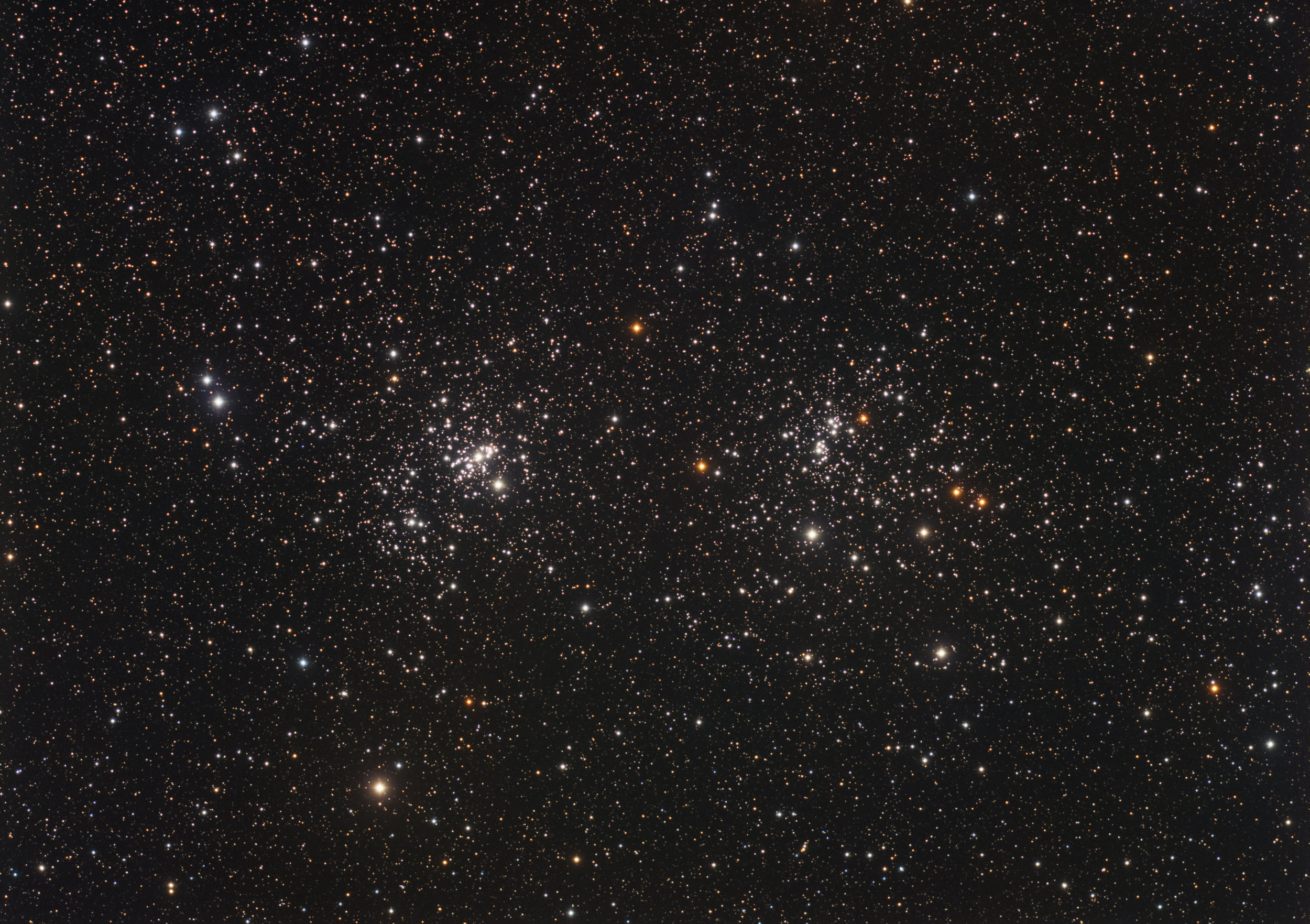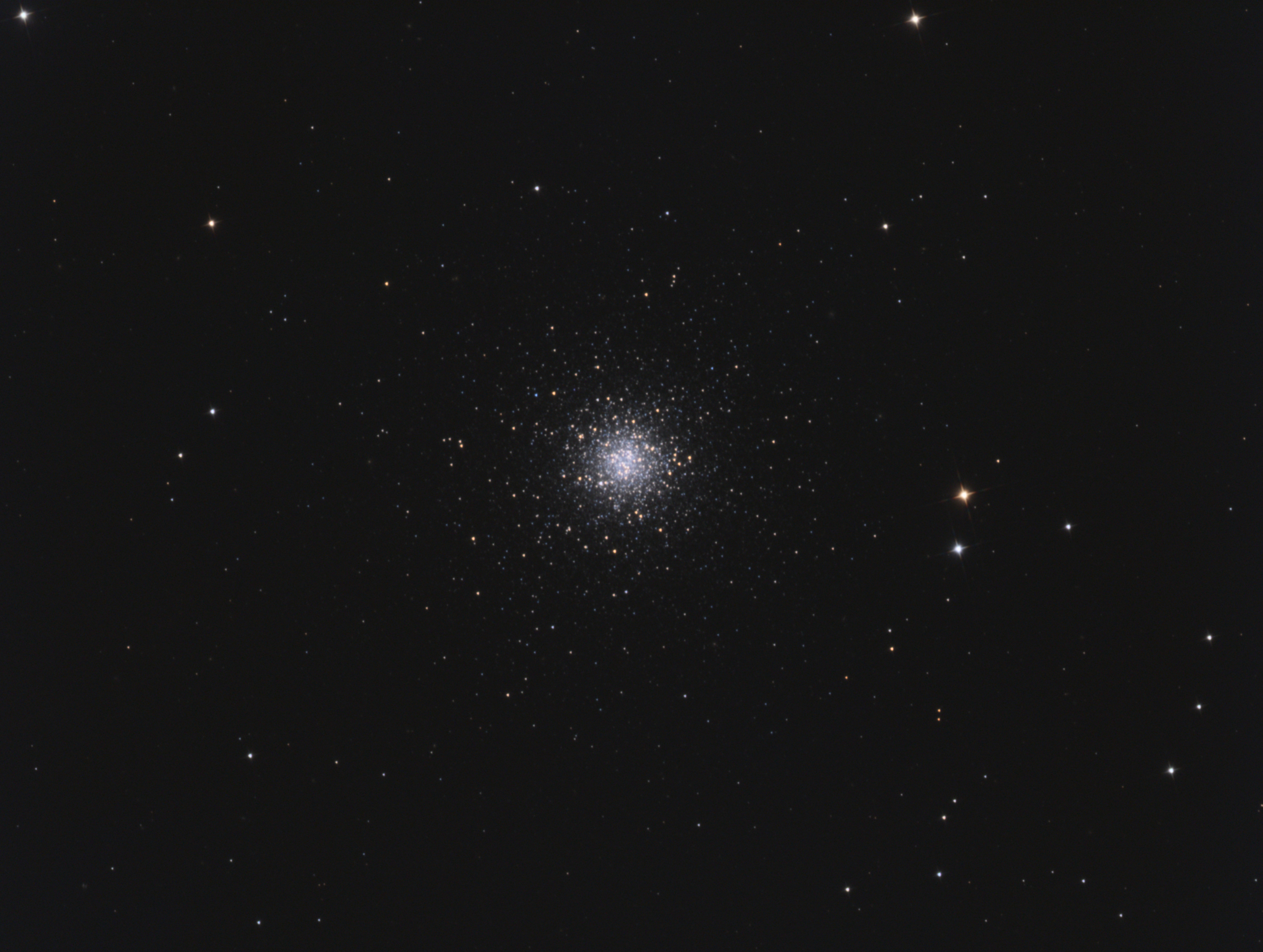Messier 3 — A Swarm of Ancient Suns

To wrap up a productive weekend under Bortle 2–3 skies near Kissimmee Prairie, I pointed my scope at Messier 3, one of the richest globular clusters in the northern sky. M3 contains an estimated 500,000 stars, most of them over 11 billion years old, practically relics from the early universe.
Even with a modest imaging session, the field just explodes with pinpoints of light. M3 spans about 18 arcminutes, slightly more than half the width of the full Moon. If you held your pinky finger at arm’s length, this entire cluster would sit comfortably within it. On screen, that means thousands of ancient stars are crammed into an area no bigger than a pencil eraser. The actual density in the core is so intense, stars blend together in a glowing blur.
It’s a quiet powerhouse, a sphere of light nearly 34,000 light-years away, packed with more stars than the human brain can comfortably process.
A Thought on Life in the Universe
Capturing a cluster like this makes you ask: if just one small target holds half a million suns, how many planets might be orbiting among them? How many could be habitable?
Globular clusters like M3 were once considered poor candidates for planets, too old, too metal-poor. But recent discoveries are challenging that assumption. Even if only 1% of these stars host planets, we’re still talking about thousands of potential worlds in just this one object.
Imaging M3 is more than just an exercise in precision, it’s a quiet confrontation with scale, time, and the staggering probability that life might be far more common than we once imagined.
I’ve been a dedicated to Squarespace fan for 20 years. Love the product, people and company.





